Jerusalem / Gaza City — A dramatic shift is unfolding in the Israel-Gaza conflict, as Hamas has released the last of the living Israeli hostages after more than two years, and both sides are cautiously transitioning from war to truce. Yet amid the celebrations, deep mistrust, humanitarian strain, and political challenges threaten to unravel the fragile peace.
The Hostage Liberation: Moment of Relief, Pain, and Memory
In a deeply emotional moment, Hamas released twenty surviving Israeli hostages, bringing to an end one of the longest captivity episodes in the region’s recent history. Across Israel, scenes of tearful reunions and public gatherings in “Hostages’ Square” underscored the national importance of the event.
While many rejoiced, reminders of loss and grief were unmistakable: at least 28 hostages died in captivity and their remains have yet to be fully recovered. Families continue to demand explanations and accountability for how such prolonged detentions were possible.
Ceasefire Plan Takes Shape, with Complex Trade-Offs
The release was part of a broader ceasefire agreement, brokered with heavy involvement from external actors. As part of the deal:
- Israel agreed to free nearly 2,000 Palestinian prisoners, some of whom had long-term sentences.
- Hamas committed to handing over all Israeli hostages alive, plus the remains of those deceased.
- Israeli forces began withdrawing from densely populated Gaza areas, with the goal of holding defined buffer zones rather than full occupation.
- Humanitarian corridors and aid flows into Gaza were expanded, under tight monitoring.
Though the terms appear promising, implementation has already encountered friction. Disputes over which prisoners qualify, delays in the logistics of transfers, and continuing distrust between the sides pose major hurdles.
Military Shifts and Gaza City Offensive
Before and even during the ceasefire process, Israel executed a major ground operation in Gaza City. Over the weeks, two Israeli Defense Force (IDF) divisions moved into central Gaza, targeting Hamas strongholds and command centers. That expansion intensified the conflict’s scope in urban areas.
The IDF also approved a plan to fully occupy Gaza City and eliminate remaining militant infrastructure. To support this, tens of thousands of reservists have been mobilized. The plan’s aim: demilitarize Gaza, dismantle Hamas networks, and prevent future threats.
However, these operations came under sharp criticism. The United Nations and human rights bodies warned of massive displacement, civilian casualties, and destruction of infrastructure. The UN called for an immediate halt to occupation plans, citing obligations under international law and humanitarian principles.
Humanitarian Crisis: Starvation, Malnutrition, and Displacement
The war has left Gaza in dire straits. Hospitals report multiple deaths from malnutrition in a single day, including children. Infrastructure has been devastated: water, electricity, and sewage systems barely function. The blockade that preceded the conflict has exacerbated shortages of food, medicine, and fuel.
As the ceasefire took hold, hundreds of thousands of displaced Gazans began returning to homes in northern areas, but many villages have been reduced to rubble, making return impossible for some. The dire humanitarian conditions created by prolonged siege and bombardment will take months, if not years, to remedy.
Diplomacy Intensifies: Global and Regional Pressures
The ceasefire agreement has galvanized international diplomacy. Leaders in Europe, the Middle East, and the United States are now pushing for greater involvement in Gaza’s reconstruction and governance transition. Some advocate for oversight by third parties; others insist on Palestinian leadership. The question of disarmament — whether Hamas must surrender its military capability — remains central and controversial.
Israeli politicians, especially those from the far right, oppose diluted sovereignty over Gaza or dependence on external oversight. Meanwhile, Palestinian factions demand recognition of statehood and insist that Gaza’s future must include lasting autonomy.
The U.S., which played a dominant role in brokering the deal, is now expected to help coordinate security arrangements, fund reconstruction, and support political frameworks acceptable to both sides.
Risks and Flashpoints Ahead
- Ceasefire Fragility
The truce is not irreversible. Small skirmishes, miscommunications, or resumed air strikes could reignite fighting. Both sides remain heavily armed and mobility through buffer zones will be contentious. - Prisoner Exchange Disputes
Disagreements over who is eligible, which prisoners to swap first, and whether certain detainees are too high risk could stall full implementation. - Militant Resurgence Risk
Some Hamas fighters remain active underground. With infrastructure weakened, rapid regrouping in concealed tunnels or remote zones remains possible. - Reconstruction Challenges
Gaza’s rebuilding will strain resources. Clearing debris, restoring utilities, and reestablishing basic services amid political divisions and funding shortfalls will test the ceasefire’s durability. - Political Fallout in Israel and Palestine
Israeli leaders who campaigned on tough security policies may face backlash if perceived as conceding too much. On the Palestinian side, the legitimacy of governing bodies, especially in Gaza, may be challenged by rival factions.
At a Crossroads
The release of surviving hostages marked a turning point, offering a glimmer of hope after years of bloodshed and suffering. Yet the transition from military confrontation to political reconciliation is fraught with danger. Success depends on disciplined restraint, transparent coordination, and sustained international support.
If the ceasefire holds, this moment could be the foundation for long-term peace. If not, it may become another episode in the tragic cycle of conflict in the region.

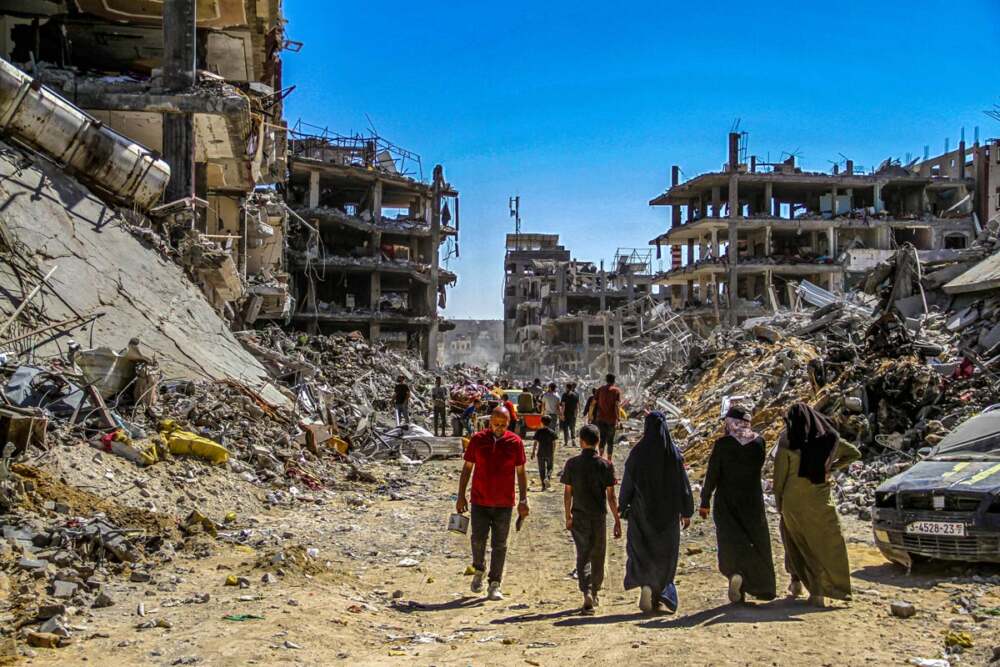

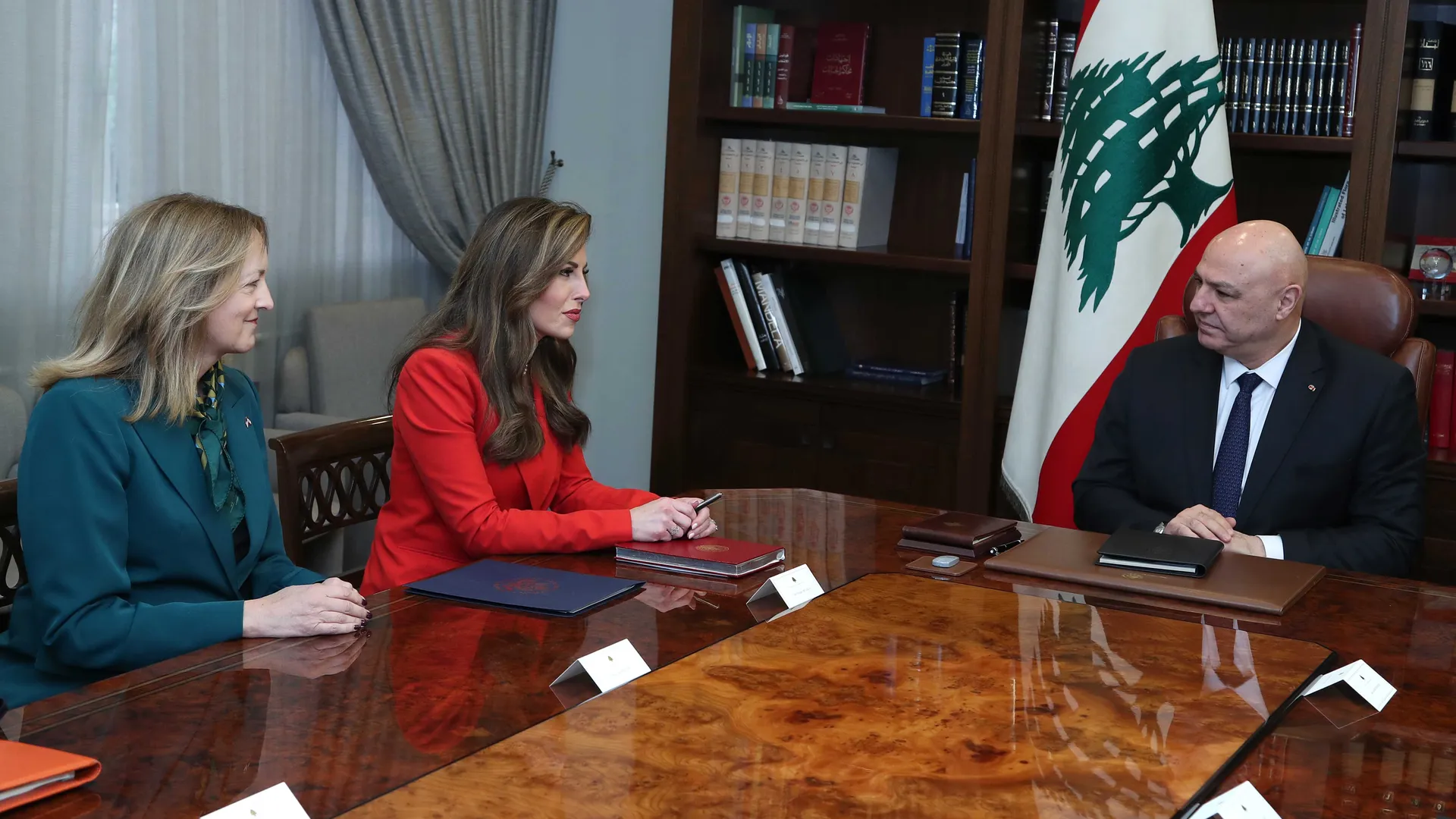

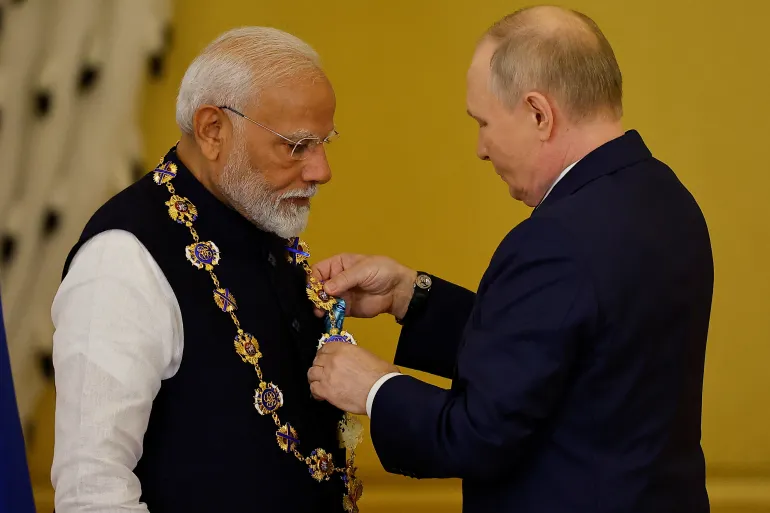
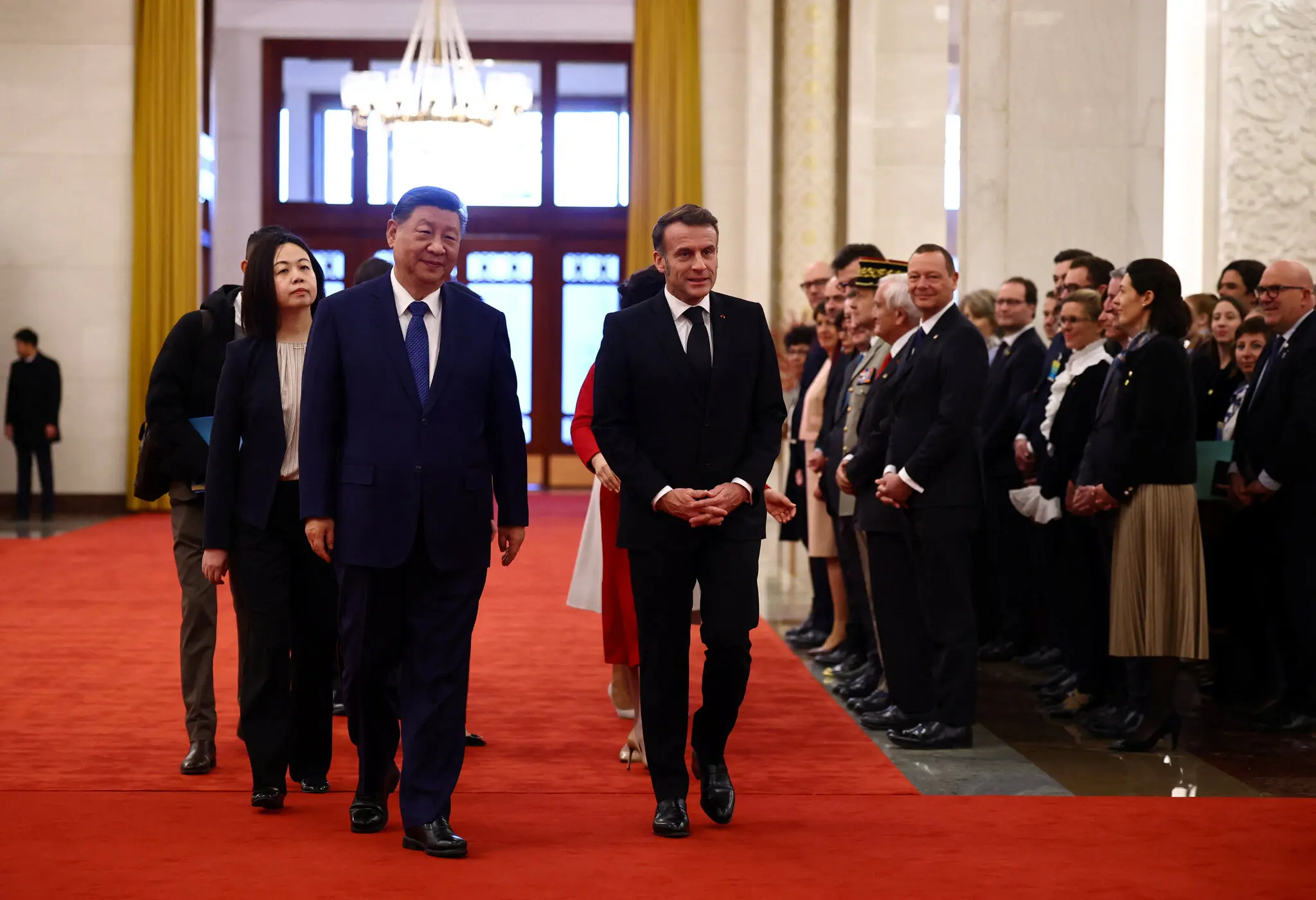
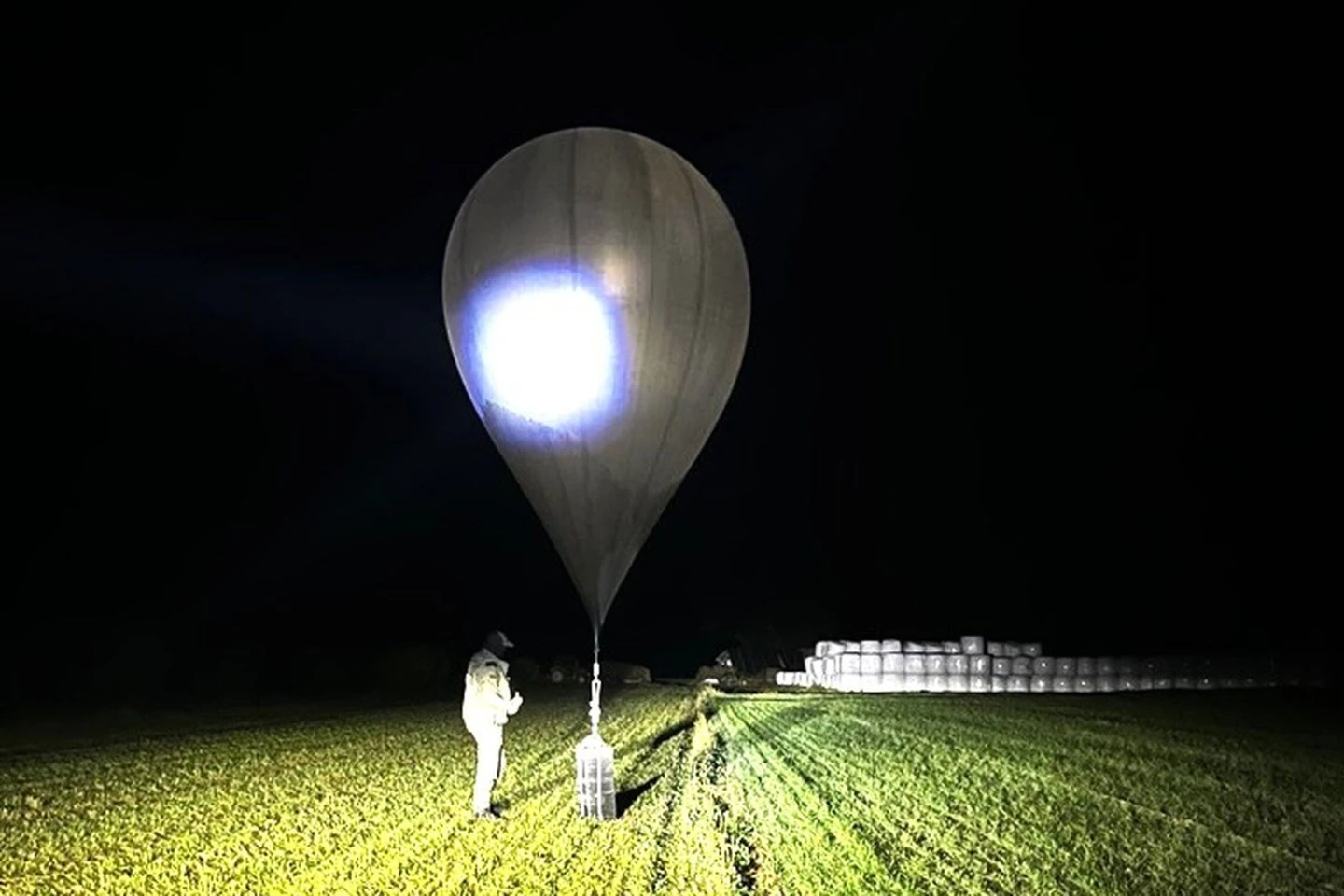
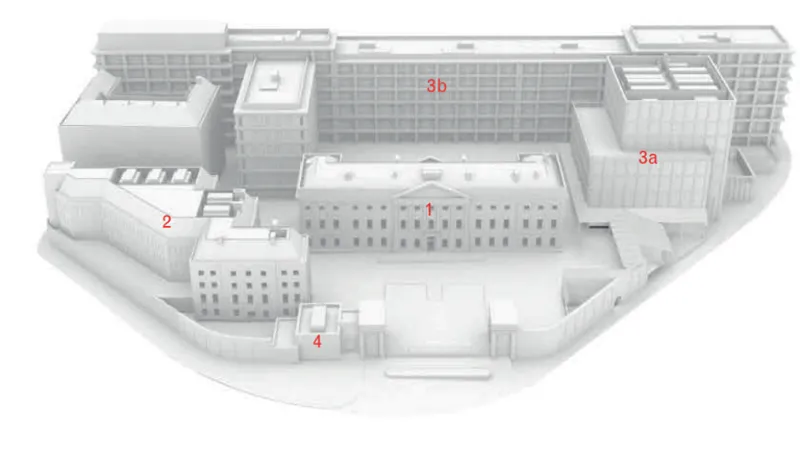

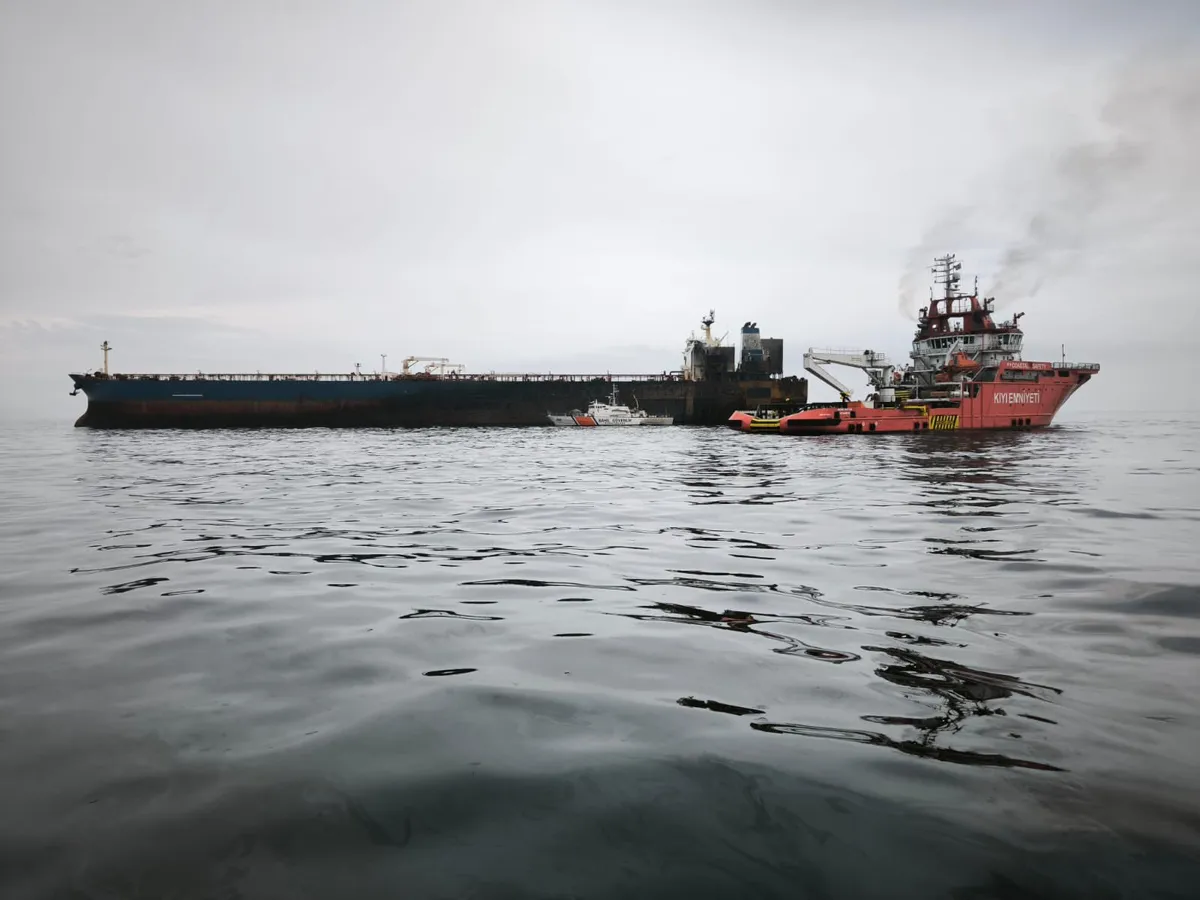
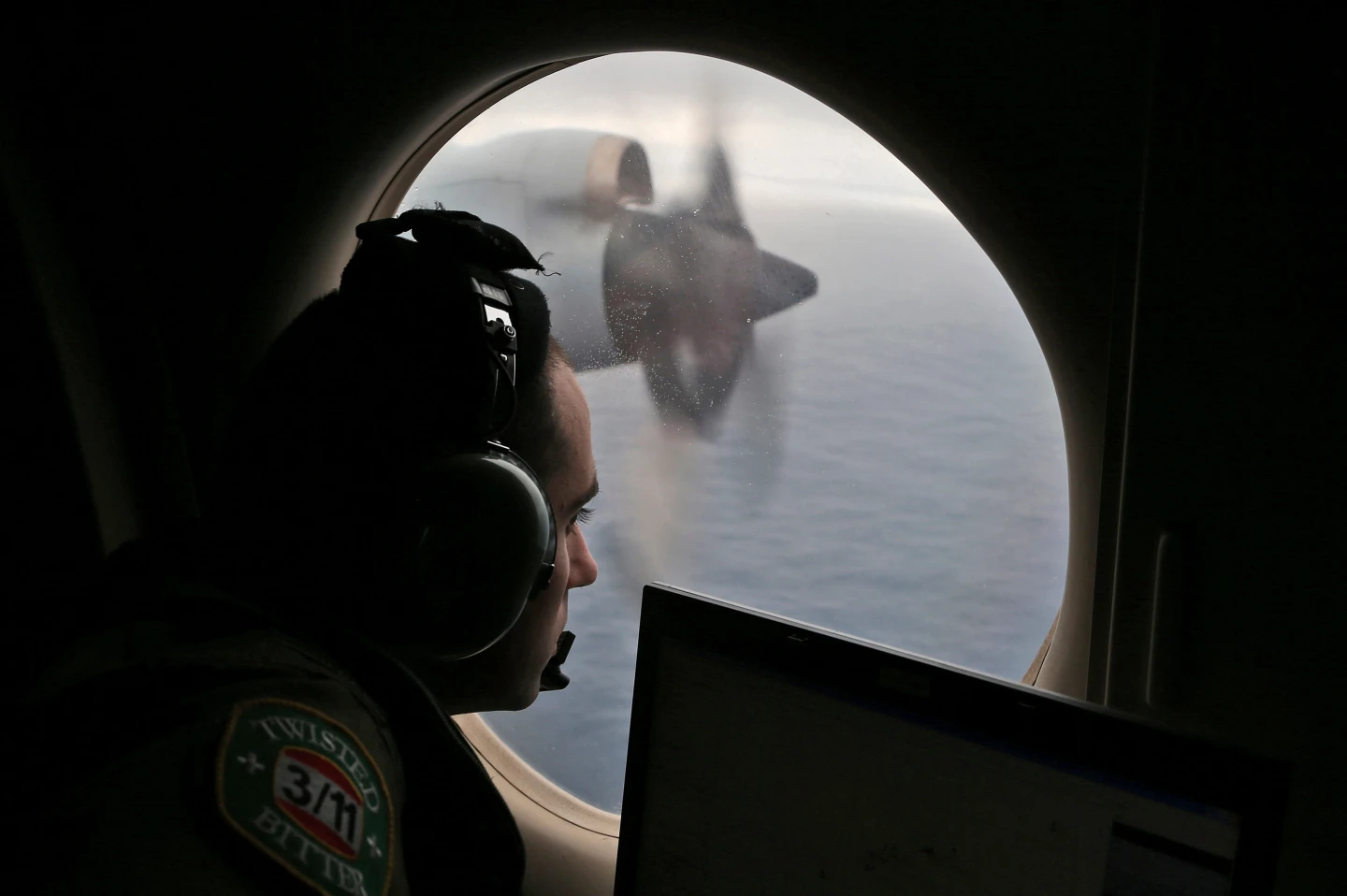



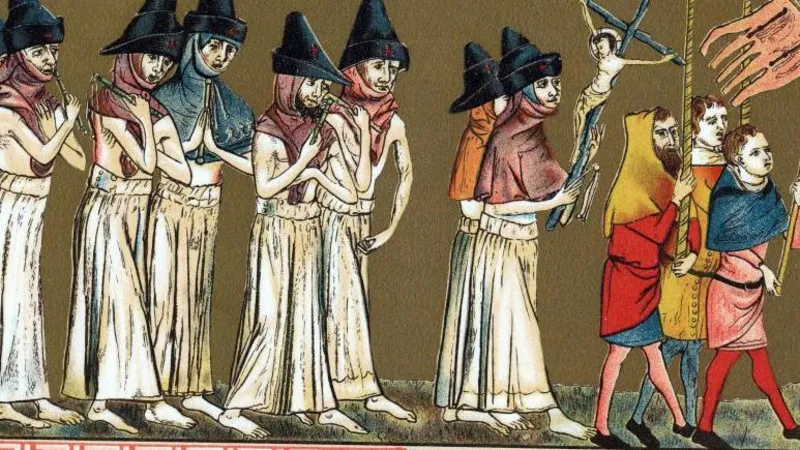
Leave a Reply